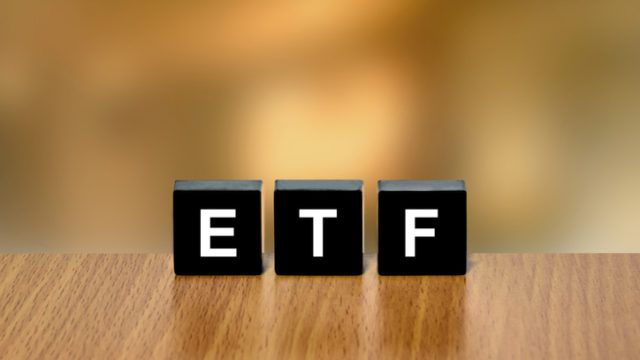As China’s authorities open up the country’s market to international investors through schemes such as RQFII and Stock Connect, ETF managers increasingly prefer to launch physical China A-share ETFs using these channels, according to the the semi-annual market review, published by the Securities and Futures Commission.
Cross-border investment schemes allow ETF managers to launch physical ETFs that invest directly in China’s securities market.
The report added that ETFs that invest in A-shares using RQFII quota have become popular. Two RQFII A-share ETFs established at the inception of the quota scheme have been among the five most actively-traded ETFs in Hong Kong since January 2014.
Demise of synthetic
Before the 2014 launch of the Stock Connect, many offshore A-share ETF issuers had to opt for indirect exposure through China A-shares Access Products or CAAPs (derivative instruments) to track the mainland indices.
Synthetic product structures can be complex and costly. Creation and redemption of ETF units would have to involve several third parties that sell CAAPs, resulting in additional fees.
However, largely due to the cross-border schemes, synthetic ETFs are disappearing.
As of June 2017, the number of synthetic ETFs listed in Hong Kong saw a decrease of 33%, compared to the full year 2016. Today, there are only 7 synthetic ETFs listed on the exchange, according to HKEX data, accounting for 4% of the 157 ETF listings in Hong Kong. The cheaper physical ETFs that invest in A-shares are dominant in Hong Kong.
Across Asia, Hong Kong is the second largest ETF market in terms of market capitalisation and the fourth in terms of ETF turnover, the report noted.
However, the spectrum of ETF trading is rather narrow. Five largest ETFs account for 90% of turnover. The Tracker Fund of Hong Kong alone accounted for around 25% of total market capitalisation and over 35% of average daily turnover of all Hong Kong-listed ETFs.
Additionally, Chinese asset managers have made inroads with passive products. Five out of the 10 most actively-traded ETFs in the SAR are managed by Chinese asset managers, SFC’s data shows.

Source: Bloomberg, SFC IP Research
ETF Connect plans
The regulator has initiated talks with the industry to study ETF Connect. The scheme would allow mainland investors to trade ETFs listed on the Hong Kong Exchange and Hong Kong investors to trade those listed in Shanghai and Shenzhen.
One major hindrance for the launch has been the requirement of the mainland’s primary regulator to access the identities of investors who use the existing connect schemes. It sees identification of investors as a prerequisite to implementing ETF Connect. As a result of that, the launch date of ETF Connect may be delayed to the end of 2018, said Cindy Chen, country head of Hong Kong securities services at Citi Hong Kong.
Meanwhile, the regulator has proposed allowing actively-managed ETFs, after allowing the listing of futures ETFs in 2015 and leveraged and inverse ETFs in 2016.
FSA discussed the active product with Morningstar’s Jackie Choy. Choy said the advantages of active ETF include transparency and distribution opportunities for ETF issuers. The proposal is currently under a three-month consultation process.

















